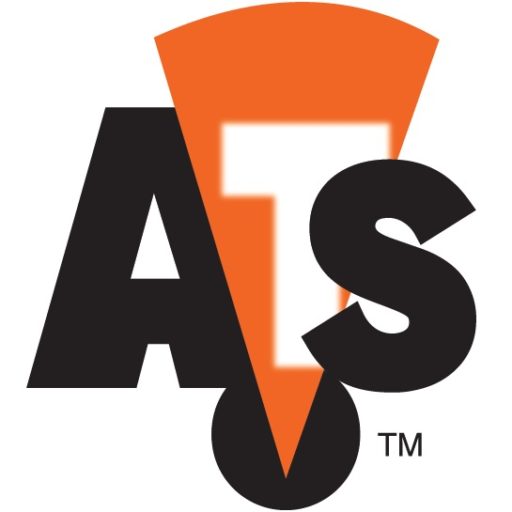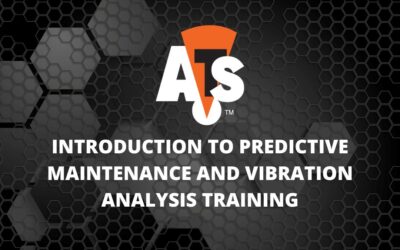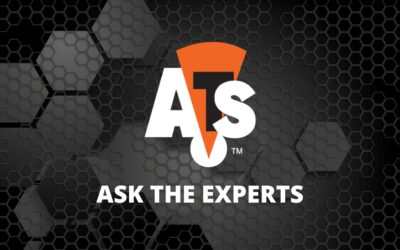Here’s a question we get asked a lot:
If I can’t start with a holistic predictive maintenance program, what’s the best technology to start with?
Well, that depends.
Let’s say you’re trying to convince the number crunchers in upper management that predictive maintenance systems will save your company time and money. You’re going to want to be able to demonstrate clear, easily understood results.
In that situation, a possible starting point would be Infrared Analysis. IR provides a snapshot of what’s going on with your equipment. It’s the primary diagnostic tool for determining premature electrical circuit failure, and the results are definitive—the circuit is either good or it’s bad.
Similarly, you could start with Ultrasonic Leak Detection. Leaks—whether liquid or gas–cost money, so finding them and correcting them is essential. Again, the benefits of this are easy to see and understand.
Or you might kick your program off with Optical Imaging, another technology that gives you (and your number crunchers) a clear sense of what’s going on right now.
All of these technologies—and others—could get your foot in the door if you’re having trouble selling a full predictive maintenance program to the decision makers. But if we’re being honest, we wish everyone would start with Vibration Analysis.
We believe (and we have the data to demonstrate) that Vibration Analysis is the base of the predictive maintenance pyramid and offers the best bang for your company’s buck. In fact, it is the most truly predictive technology available. Vibration Analysis identifies potential issues before they evolve into the kinds of issues that bring production to a halt. Predicting—and preventing—a breakdown should be your top priority.
That said, Vibration Analysis is more complicated and more costly than the other technologies we’ve mentioned. And because it predicts future problems rather than identifying current problems, it can be harder to demonstrate the value to skeptical managers. After all, it’s hard to assign a dollar amount to a breakdown that didn’t happen (though it sure is easy to assign a value to a breakdown that does happen!).
Still, we encourage everyone to make Vibration Analysis a top priority. There’s certainly value in the other technologies listed above, and if they can help you build a case for a more robust maintenance program over time, so much the better. The important thing is to start somewhere—and to start before the next breakdown in your equipment.






0 Comments